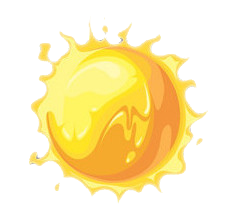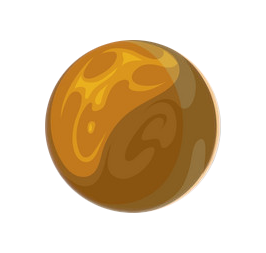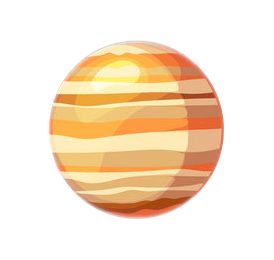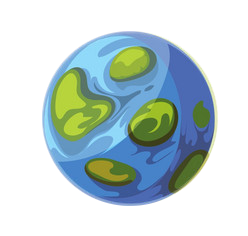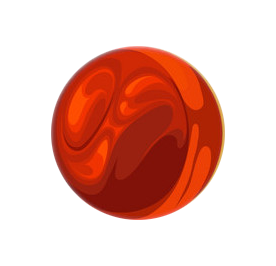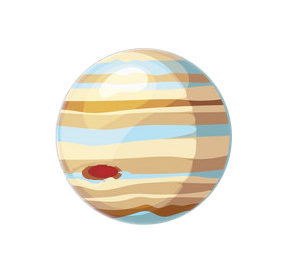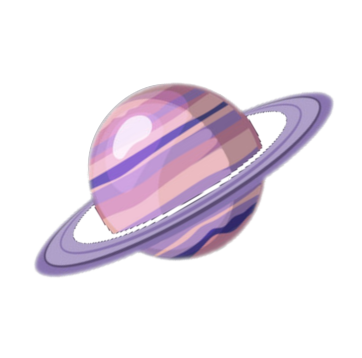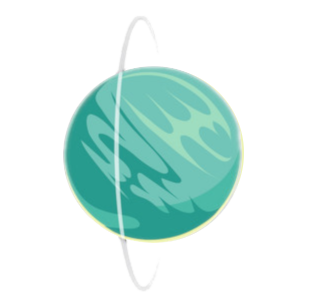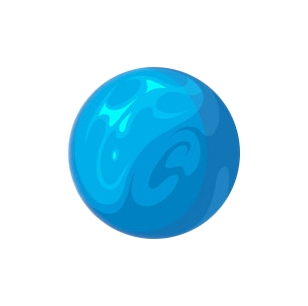The 4th Planet from the Sun
Interesting facts about the composition and minerals of the planet.
Hematite on Mars
Hematite is colored black to steel or silver-gray, brown to reddish brown, or red. While the forms of hematite vary, they all have a rust-red streak. Hematite is harder than pure iron, but much more brittle. The name hematite is derived from the Greek word haimatites for blood. It is responsible for Mars's distinctive red color.
Mars
Mars is the fourth planet from the Sun and the second-smallest planet in the Solar System after Mercury. The presence of iron oxide gives the surface the “rust” color that is associated with the Red Planet. Mars is the site of Olympus Mons, the largest volcano in the Solar System, and of Valles Marineris, one of the largest canyons in the Solar System. Although Mars has no evidence of a structured global magnetic field, observations show that parts of the planet's crust have been magnetized, suggesting that alternating polarity reversals of its dipole field have occurred in the past. Liquid water cannot exist on the surface of Mars due to low atmospheric pressure except at the lowest elevations for short periods.

